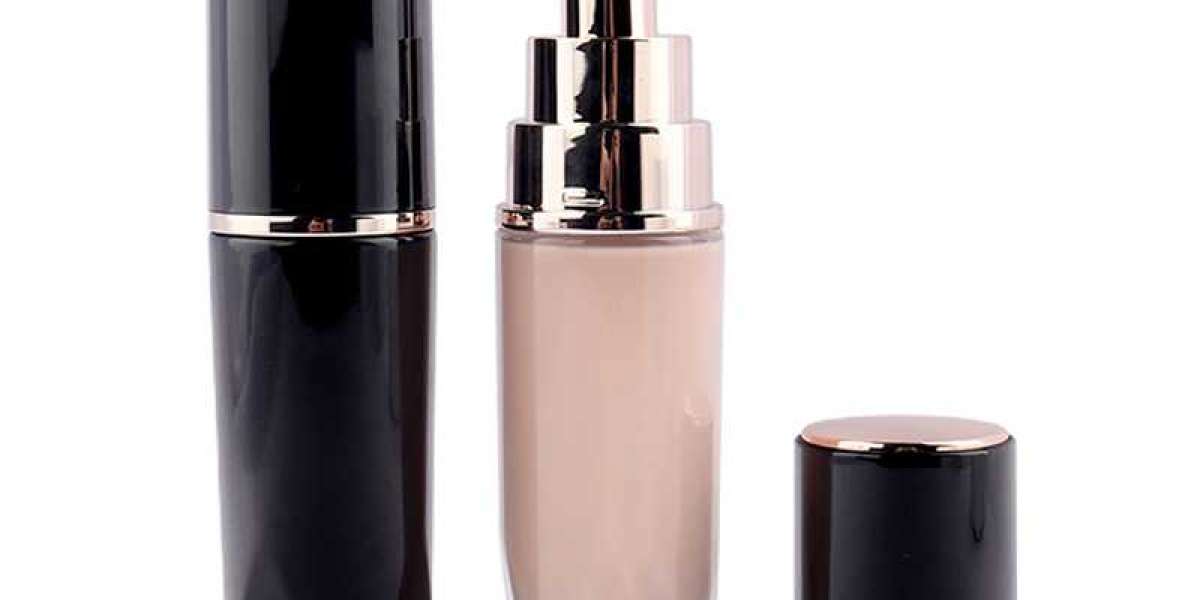How to Use a Step Drill Bit?
When I first came across step drill bits I was actually quite confused about their use. Once I started looking into their uses I was really excited to invest in my own set of step drill bits. With experience, I have come to appreciate step drill bits even more with their multitude of uses.
If you are new to step drill bits, this article will answer each and every question in your mind.
How to use a step drill bit? You will use a step drill bit just like another drill bit with an exception of its purpose of use. For drilling with a step drill bit use a center punch to first mark the center. Now drill steadily with firm pressure. Step drill bits only work with thin metal sheets and can make holes of different sizes depending on the number of steps in your drill bit. You can also use it to enlarge or deburr an existing hole.
About Invention
Drill bits are cutting tools used to create cylindrical holes, almost always of circular cross-section. Drill bits come in many sizes and have many uses. Bits are usually connected to a mechanism, often simply referred to as a drill, which rotates them and provides torque and axial force to create the hole.
What is a Step Drill Bit?
A step drill bit is a conical shape drill bit to make different size holes with one bit. It has multiple levels with increasing diameters from tip to end. It has a sharp groove at one side which acts as the cutting edge. The step drill bit is also used to enlarge or deburr holes. This drill bit is used particularly for metals but can also work with wood, plastic, etc.
A step drill bit with a straight flute is called a counter-bore step drill bit while a step drill bit with a twisted flute is called a countersink step drill bit. The flute or the groove profile serves as a channel system for collection and chip removal during drilling.
I have found the step drill bit to be a valuable tool with its ability to replace numerous twist bits, deburrers, and reamers. There are a number of reasons you should use a step drill bit for drilling into sheet metals.
I have compiled a list of reasons I recommend every DIY enthusiast to add step drill bits to their toolbox.
Multiple Diameters: With multiple diameters, a step drill bit saves you from the hassle of changing drill bits when you need to drill a lot of holes of different sizes. You can use a step drill bit to drill holes of different diameters.
Selt-tapping tip: Step drill bits have self-tapping tips, which allow you to drill without drilling a pilot hole in thin materials.
Flute: Flute on a step drill bit allows for easy removal of waste materials which prevents clogging as well as heating up of the drill bit.
Reaming: Step drill bit gives you smooth edges on the holes instantly thus eliminating the need for a reamer.
Deburring: You can also use a step drill bit to deburr the hole you have drilled by lightly touching each side of the hole with bevel of the next step.
And although step drill bits have a range of benefits, there are a few downsides as well.
Twist Drill Bit
The twist drill bit is the type produced in largest quantity today. It comprises a cutting point at the tip of a cylindrical shaft with helical flutes; the flutes act as an Archimedean screw and lift swarf out of the hole.
History
The twist drill bit was invented by Steven A. Morse of East Bridgewater, Massachusetts in 1861.The original method of manufacture was to cut two grooves in opposite sides of a round bar, then to twist the bar (giving the tool its name) to produce the helical flutes. Nowadays, the drill bit is usually made by rotating the bar while moving it past a grinding wheel to cut the flutes in the same manner as cutting helical gears.
Twist drill bits range in diameter from 0.002 to 3.5 in (0.051 to 88.900 mm) and can be as long as 25.5 in (650 mm).
The geometry and sharpening of the cutting edges is crucial to the performance of the bit. Small bits that become blunt are often discarded because sharpening them correctly is difficult and they are cheap to replace. For larger bits, special grinding jigs are available. A special tool grinder is available for sharpening or reshaping cutting surfaces on twist drill bits in order to optimize the bit for a particular material.
Manufacturers can produce special versions of the twist drill bit, varying the geometry and the materials used, to suit particular machinery and particular materials to be cut. Twist drill bits are available in the widest choice of tooling materials. However, even for industrial users, most holes are drilled with standard high speed steel bits.
The most common twist drill bit (sold in general hardware stores) has a point angle of 118 degrees, acceptable for use in wood, metal, plastic, and most other materials, although it does not perform as well as using the optimum angle for each material. In most materials it does not tend to wander or dig in.
A more aggressive angle, such as 90 degrees, is suited for very soft plastics and other materials; it would wear rapidly in hard materials. Such a bit is generally self-starting and can cut very quickly. A shallower angle, such as 150 degrees, is suited for drilling steels and other tougher materials. This style of bit requires a starter hole, but does not bind or suffer premature wear so long as a suitable feed rate is used.
Drill bits with no point angle are used in situations where a blind, flat-bottomed hole is required. These bits are very sensitive to changes in lip angle, and even a slight change can result in an inappropriately fast cutting drill bit that will suffer premature wear.
Long series drill bits are unusually long twist drill bits. However, they are not the best tool for routinely drilling deep holes, as they require frequent withdrawal to clear the flutes of swarf and to prevent breakage of the bit. Instead, gun drill bits are preferred for deep hole drilling.
What type of wood drill bit should you use for what job?
The screw thread around this drill bit gives away that this is a snake drill bit. This spiral-shaped drill has a carver and a sharp centering point, which helps you put it into the wood at exactly the right spot. The spiral around the drill ensures the wood chips will be removed neatly, so you'll make a smooth, clean drill hole. Don't forget to drill at a low RPM, so the drill bit can make its way through the material calmly. A snake drill is useful for making deep holes, so thick wooden girders are no match for this type of wood drill bit.
Everything You Need to Know About Chisels
We’re going to discuss possibly the most important tool that can 10x your woodworking skills. That’s right, this post is all about chisels! Learn about the kinds of chisels, chisel sizes, the differences in steel, western chisels vs. foreign chisels, tool safety, and so much more.
If you’re like many woodworkers or DIYers, you’ve probably already got a few tools in your workshop. I’m guessing a drill, a saw, maybe some clamps, and you’ve probably made some pretty cool things! Check out this post on my nine must-have tools to 10x your woodworking skills. And if you missed any of these other posts in our woodworking 101 series check them out here: how to sharpen a chisel, how to use a carving knife, and how to cut dovetails by hand.
Now imagine you could build a table without any glue or screws that is stronger than any table you’ve ever sat at.
That sounds pretty cool, right?
You can do it with just a few hand tools that will take your projects from DIY to Craftsmen with just a little bit of practice and knowledge along the way.
Circular saw blade is an important tool and is widely used in wood industry. Its stability, cutting precision, and material-saving ability are the most important features, especially for wood processing industry because of the shortage of precious wood. The Chinese government strongly supports the improvement of timber utilization. Therefore, circular saw blade is becoming thinner and thinner currently for reducing kerf loss and improving the utilization of materials.
However, thermal stress is produced when circular saw blade is working, because the temperature at the edge of the blade is higher than that in other regions of the blade. It will cause high tangential compressive stress on the edge of the circular saw blade, causing a buckling deformation that reduces cutting precision, increases kerf loss, and shortens the saw’s life. Thin circular saw blade is more easily affected by thermal stress. For saving materials, the stability of saw blade is very important, especially for thin circular saw blade.



